Lego Minifigures: The Faces Behind the Iconic Characters
I. Introduction

Lego minifigures hold a significant place in the Lego world, captivating the hearts and imaginations of builders of all ages. These iconic little figures play an integral role in enhancing the Lego experience by adding depth, personality, and storytelling opportunities to the brick-built creations. In this article, we will delve into the importance of Lego minifigures and explore their fascinating history and evolution.
A. Importance of Lego Minifigures in the Lego World
Lego minifigures serve as essential elements that bring life and character to the Lego universe. With their distinctive designs and recognizable features, they enable builders to create narratives, embark on adventures, and role-play countless scenarios. The presence of minifigures in a Lego set elevates the play experience by providing a human or fantastical element that engages users on both an emotional and creative level. Minifigures are not mere accessories; they are the key to unlocking endless possibilities and fueling the imagination.
B. Brief History and Evolution of Lego Minifigures
The history of Lego minifigures dates back to the late 1970s when Lego recognized the need for small, articulated figures to accompany their building sets. The first-generation Lego minifigures, introduced in 1978, were simple in design, featuring basic facial expressions, generic torsos, and interchangeable accessories like hats and tools. However, these humble beginnings laid the foundation for what would become an iconic symbol of Lego.
Over the years, Lego minifigures underwent a remarkable evolution. In the 1980s, they started to exhibit more diverse facial expressions and accessories, allowing for greater customization and storytelling possibilities. The 1990s brought about a broader range of themes and licensed characters, expanding the minifigure's reach into pop culture and capturing the attention of fans worldwide.
In the early 2000s, Lego introduced even more detailed and expressive minifigures, featuring printed torsos, dual-sided faces, and unique hairpieces. The advancement of printing technology enabled intricate designs, showcasing intricate costumes, intricate expressions, and even more intricate accessories.
Today, Lego minifigures continue to evolve and adapt to new trends, themes, and licensed partnerships. They have become highly collectible, with exclusive and limited edition minifigures adding a sense of rarity and value to certain sets. The evolution of Lego minifigures reflects Lego's commitment to innovation and its understanding of the importance of these tiny figures in the Lego ecosystem.
In the following sections, we will further explore the anatomy of a Lego minifigure, their role in Lego sets, and the impact they have had on the Lego brand and community. So, let us embark on a journey to discover the faces behind the iconic Lego minifigures.
II. Anatomy of a Lego Minifigure
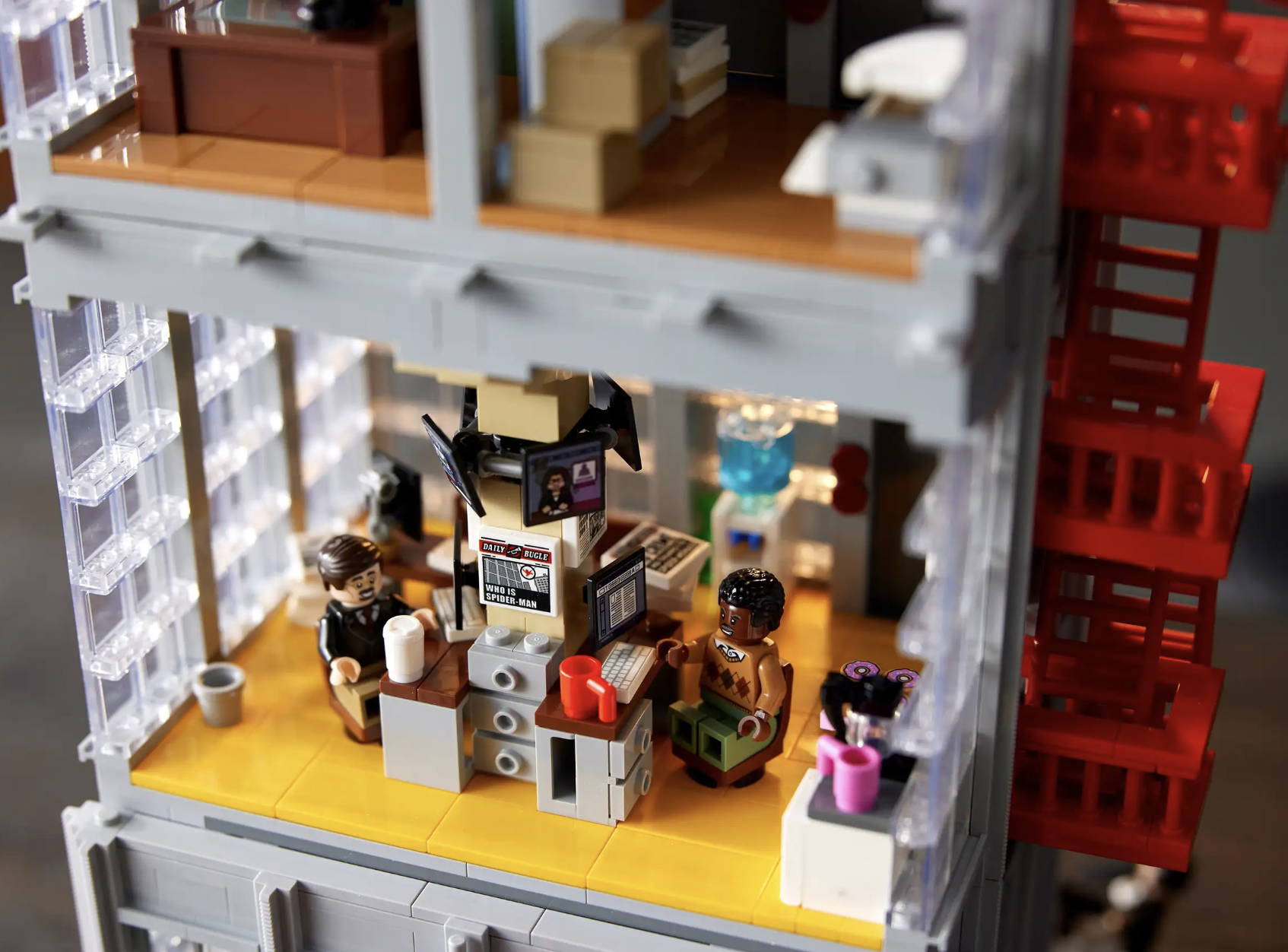
Lego minifigures are meticulously designed with various components that work together to create their iconic and versatile form. Understanding the anatomy of a Lego minifigure is crucial in appreciating their craftsmanship and comprehending the depth of their character.
A. Overview of the Standard Minifigure Components
The standard Lego minifigure consists of several essential components, each contributing to its distinct appearance. These components include the head, torso, legs, and accessories. Together, they form a cohesive whole that embodies the unique personality and characteristics of the minifigure.
B. Exploring the Different Parts: Head, Torso, Legs, and Accessories
• Head: The minifigure's head is where its facial expressions and individuality come to life. It features a printed face with various expressions, from smiles and frowns to determined looks and everything in between. Lego employs intricate detailing to showcase facial features such as eyes, eyebrows, mouths, and sometimes even freckles or facial hair. The head also includes a small cylindrical peg on top, allowing for attachment of hairpieces, hats, or helmets.
• Torso: The torso is the minifigure's body, serving as a canvas for printed designs that define the character's outfit, attire, and even accessories. Lego designers employ high-quality printing techniques to create intricate details such as clothing patterns, logos, belts, buttons, and even texturing to represent armor or specialized gear. Torso designs can range from everyday clothing to superhero costumes, historical attire, or even sci-fi uniforms.
• Legs: Lego minifigure legs come in various colors and designs to suit the character's role and theme. Just like the torso, they can feature printed details such as pants, skirts, boots, or specialized legwear. Some legs may include additional accessories, such as holsters, pouches, or printed knee pads. The legs are designed to be posable, allowing for a wide range of dynamic poses and movements.
• Accessories: Accessories add the finishing touches to a minifigure, further enhancing their identity and story. Lego provides an extensive array of accessories, including hats, helmets, hairpieces, weapons, tools, backpacks, capes, and more. These accessories can be attached to the minifigure's head or torso, allowing for customization and personalization.
C. Variation in Minifigure Designs Across Themes and Sets
Lego minifigures exhibit remarkable diversity and variation across different themes and sets. Depending on the specific theme, such as space exploration, medieval fantasy, superheroes, or city life, the minifigures' designs are tailored to match the intended narrative and environment. For example, space-themed minifigures may feature futuristic suits and helmets, while medieval minifigures may have armor, swords, and shields.
Additionally, licensed sets bring beloved characters from movies, TV shows, and other franchises into the Lego world. These minifigures often closely resemble their on-screen counterparts, capturing their unique appearance and distinctive costumes.
The wide range of minifigure designs across themes and sets allows builders to create immersive worlds and stories, fostering imaginative play and storytelling. Lego's attention to detail in minifigure design ensures that each figure feels authentic and resonates with fans of various themes and franchises.
In the following sections, we will delve into the role of minifigures in Lego sets, their significance in promoting collectability and customization, and the impact they have had on the Lego community and beyond. Stay tuned as we continue to explore the fascinating world of Lego minifigures.
III. The Role of Minifigures in Lego Sets
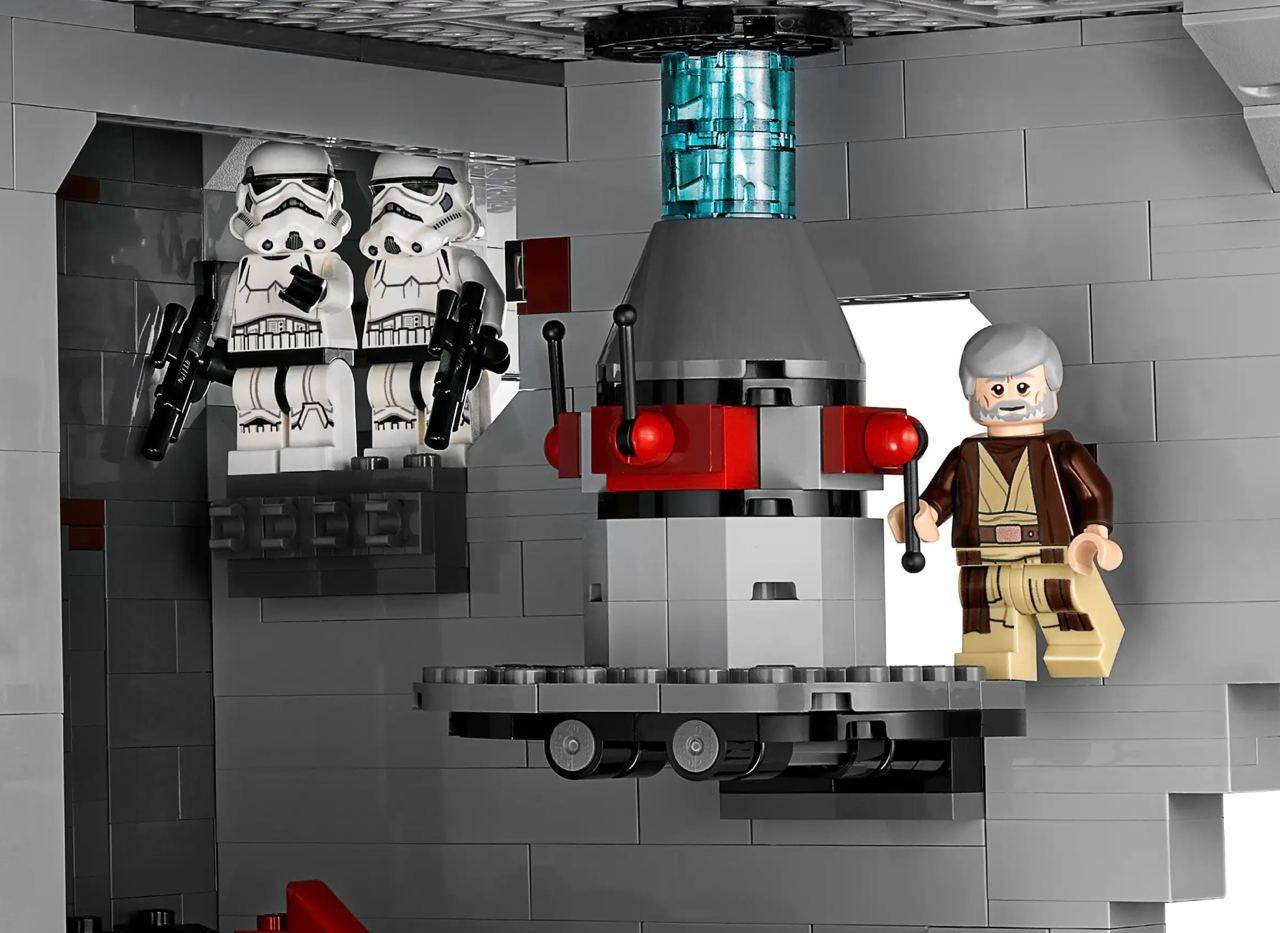
Lego minifigures play a crucial role in enhancing the overall Lego experience, elevating the storytelling, fostering imaginative play, and offering avenues for collectability and customization. Let's delve into the multifaceted role that minifigures play in Lego sets.
A. Enhancing Storytelling and Imaginative Play
Minifigures are instrumental in sparking storytelling and imaginative play among Lego builders. With their diverse designs, distinct personalities, and detailed accessories, minifigures bring characters to life within the Lego world. Builders can create intricate narratives, embark on adventures, and act out scenes using the minifigures as protagonists, villains, or supporting characters. The inclusion of minifigures in a Lego set provides a catalyst for imaginative play, encouraging children and adults alike to explore their creativity and construct immersive stories.
B. Creating a Sense of Character and Personality
Lego minifigures are not mere plastic figures; they are the embodiment of character and personality within the Lego universe. Each minifigure possesses unique facial expressions, attire, and accessories that define their individuality. These distinctive features help builders establish an emotional connection with the minifigures, allowing them to develop personal narratives and attachments to specific characters. Whether it's a brave knight, a cunning superhero, or a mischievous robot, the minifigures add depth and charm to the Lego sets, making them more relatable and engaging for builders.
C. Promoting Collectability and Customization
Minifigures have become highly collectible items among Lego enthusiasts, fueling a thriving collector's market. Lego releases exclusive minifigures, limited editions, and special sets that feature rare or sought-after characters, encouraging fans to expand their collections. Collectors eagerly seek out minifigures to complete sets, acquire rare variants, or display them as prized possessions.
Furthermore, minifigures offer ample opportunities for customization. Builders can swap heads, torsos, legs, and accessories among different minifigures to create their unique characters. This customization aspect enables builders to personalize their Lego sets, adding a touch of individuality and creativity. Builders can mix and match pieces to design their own unique minifigures, exploring endless possibilities for customization and self-expression.
The collectability and customization aspects of minifigures not only enhance the play value of Lego sets but also foster a sense of community among Lego enthusiasts. Fans eagerly engage in trading, sharing tips, and showcasing their customized minifigures, forging connections and inspiring one another.
In conclusion, minifigures in Lego sets serve as catalysts for storytelling, conduits for character development, and sources of collectability and customization. Their versatility and ability to ignite the imagination of builders contribute to the enduring popularity and appeal of Lego. In the following sections, we will delve deeper into iconic Lego minifigures, the design and development process behind them, and their impact on the Lego brand and community. So, join us as we unravel the fascinating world of Lego minifigures.
IV. Iconic Lego Minifigures
Lego minifigures have introduced a plethora of memorable characters that have become beloved symbols within the Lego community. In this section, we will explore the three categories of iconic minifigures: classic minifigures, famous licensed minifigures from popular franchises, and notable limited edition or exclusive minifigures.
A. Classic Minifigures that Have Become Timeless Symbols
• The Lego Police Officer: The classic Lego Police Officer is instantly recognizable with their blue uniform, hat, and badge. This minifigure has been a staple in Lego sets since the early days, embodying the concepts of justice and law enforcement.
• The Lego Firefighter: Another classic minifigure, the Lego Firefighter, dons a yellow or red uniform with reflective stripes, a helmet, and an oxygen tank. This symbol of bravery and heroism has been an integral part of Lego City sets, ready to save the day in firefighting emergencies.
B. Famous Licensed Minifigures from Popular Franchises
• Lego Star Wars Minifigures: The collaboration between Lego and Star Wars has produced an expansive collection of iconic minifigures representing characters from the beloved galaxy far, far away. From Luke Skywalker and Darth Vader to Yoda and Princess Leia, these minifigures capture the essence of the Star Wars universe and allow fans to recreate their favorite moments and battles.
• Lego Marvel Super Heroes Minifigures: The Lego Marvel Super Heroes theme brings to life an array of minifigures based on popular Marvel characters, including Spider-Man, Iron Man, Captain America, and Thor. These minifigures allow fans to assemble their own team of superheroes and embark on epic adventures in the Lego Marvel universe.
C. Notable Limited Edition or Exclusive Minifigures
• Lego Collectible Minifigures Series: Lego has released numerous collectible minifigure series, each featuring a diverse assortment of unique characters. These blind-bagged minifigures encompass a broad range of themes, from historical figures and mythological creatures to famous movie characters and everyday professions. Collectors eagerly anticipate each series, aiming to complete the entire collection.
• Lego Ideas Exclusive Minifigures: Lego Ideas sets, based on fan-submitted designs, often include exclusive minifigures that are not available in other sets. These minifigures represent characters from popular franchises like Doctor Who, Ghostbusters, and The Flintstones. They offer fans the opportunity to own minifigures based on their favorite intellectual properties that might not otherwise be available in official Lego sets.
These iconic minifigures hold a special place in the hearts of Lego fans, both young and old. They bring beloved characters to life in the world of Lego and provide a sense of connection and nostalgia.
In the following sections, we will delve into the design and development process of Lego minifigures, the customization and collecting culture surrounding them, and their broader impact on the Lego brand and community. Join us as we continue our exploration of the world of Lego minifigures.
V. Design and Development Process
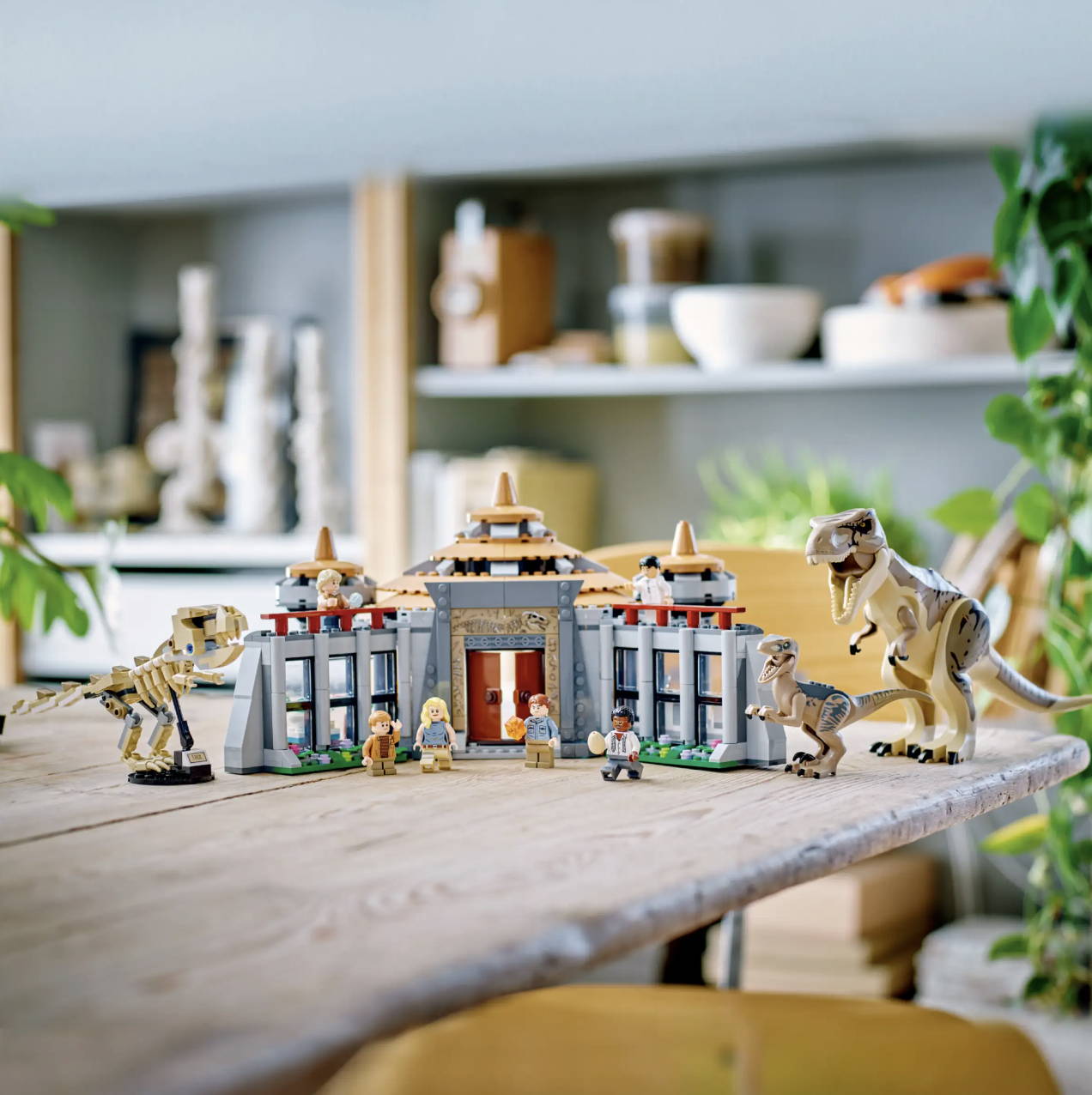
Lego minifigures go through a meticulous design and development process to ensure their quality, appeal, and compatibility with Lego sets. In this section, we will explore the various stages of this process, including insights into how Lego designs and develops minifigures, collaboration with licensed partners for character representation, and the delicate balance between creativity, functionality, and production feasibility.
A. Insights into How Lego Designs and Develops Minifigures
• Conceptualization: The process begins with the conceptualization of minifigures. Lego designers brainstorm ideas, considering themes, characters, and potential storylines for the minifigures. They explore various visual elements, such as facial expressions, accessories, and costume designs, to create unique and captivating characters.
• Sketching and Prototyping: Once the initial concepts are established, designers sketch the minifigures, considering proportions, details, and articulation. They create 2D designs that capture the intended character's essence. From these sketches, physical prototypes are built using existing Lego bricks to test the feasibility and compatibility of the design.
• Digital Modeling: The approved prototypes move into the digital realm, where designers use specialized software to create 3D models of the minifigures. This process allows for greater precision, detailing, and visualization of the final product. Digital modeling also enables designers to test different color schemes and explore design variations efficiently.
• Printing and Production: Once the digital models are finalized, the designs are translated into physical minifigure parts through the process of injection molding. High-quality printing techniques are employed to apply intricate details and patterns to the minifigure heads, torsos, and accessories. Lego's commitment to quality ensures that the printed designs are crisp, durable, and long-lasting.
B. Collaboration with Licensed Partners for Character Representation
Lego collaborates with licensed partners to bring famous characters from movies, TV shows, video games, and other franchises into the Lego world. These partnerships allow for the creation of minifigures that faithfully represent the likeness and characteristics of these iconic characters.
When collaborating with licensed partners, Lego works closely with the franchise owners to ensure accurate representations. Lego designers study reference materials, concept art, and character details provided by the licensors. This collaboration guarantees that the minifigures capture the essence of the licensed characters while adhering to the Lego aesthetic and design principles.
C. Balancing Creativity, Functionality, and Production Feasibility
Designing minifigures involves striking a delicate balance between creativity, functionality, and production feasibility. Lego designers need to create visually appealing and detailed minifigures while ensuring that the parts are functional and can be assembled easily by builders of all ages.
Designers also consider the feasibility of mass production during the design process. They aim to create minifigures that can be manufactured efficiently and cost-effectively, without compromising quality or intricate detailing. The design process takes into account factors such as moldability, assembly processes, and material compatibility to ensure smooth production and consistent quality across the minifigure lineup.
By carefully managing this balance, Lego continues to deliver high-quality minifigures that captivate the imaginations of builders while upholding the Lego brand's reputation for excellence.
In the following sections, we will explore minifigure customization and collecting culture, as well as the broader impact of minifigures on the Lego brand and community. Join us as we continue our journey into the world of Lego minifigures.
VI. Minifigure Customization and Collecting
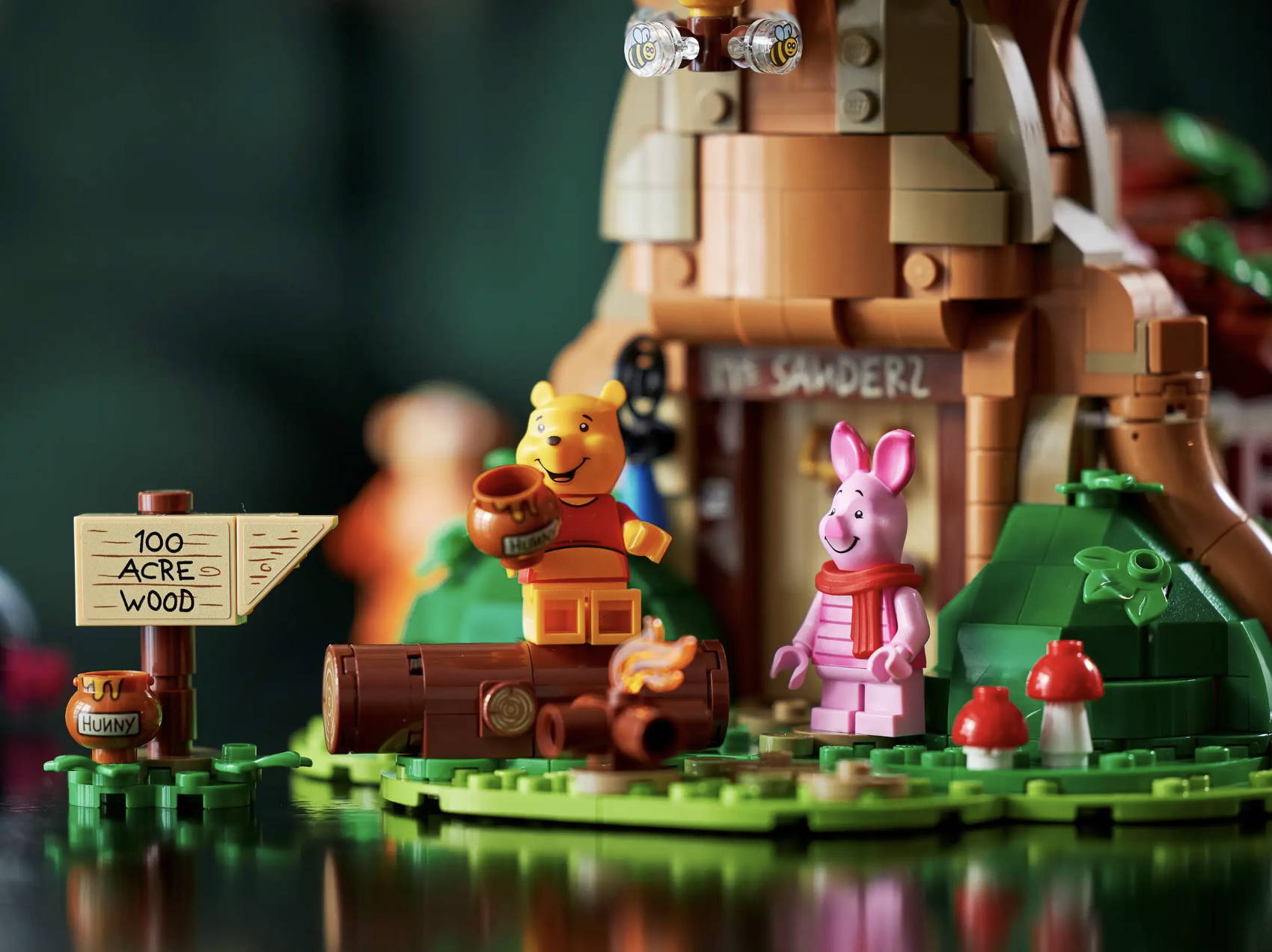
Minifigure customization and collecting have become integral aspects of the Lego fan community, allowing builders to personalize their minifigures and create unique collections. In this section, we will delve into the different customization options available, showcase the vibrant community of minifigure collectors, and provide tips for starting and growing a minifigure collection.
A. Exploring Customization Options, Such as Swapping Parts and Accessories
Lego minifigures offer a world of possibilities for customization. Builders have the freedom to swap parts and accessories, allowing for endless combinations and the creation of unique characters. Here are some customization options available:
• Interchangeable Parts: Minifigure parts, such as heads, torsos, and legs, are designed to be easily detachable and interchangeable. Builders can mix and match these parts to create new combinations and personalities for their minifigures. Swapping parts opens up a world of creativity, enabling builders to design minifigures that reflect their imagination and storytelling preferences.
• Accessory Selection: Lego provides a wide range of accessories that can be attached to minifigures, including hats, helmets, hairpieces, weapons, tools, and more. Builders can select accessories that complement their minifigure's role, style, or theme, further enhancing their customization options.
B. Showcasing the Vibrant Community of Minifigure Collectors
The Lego minifigure collecting community is a vibrant and enthusiastic group that spans across all ages. Minifigure collectors actively engage in various activities to showcase their collections and connect with fellow enthusiasts. Some popular avenues for showcasing minifigure collections include:
• Displaying Collections: Minifigure collectors often create dedicated displays to showcase their collections. These displays can range from simple shelves to elaborate dioramas and custom-built settings that reflect the theme or narrative of the minifigures.
• Online Communities: The internet has fostered a thriving online community for minifigure collectors. Social media platforms, forums, and websites provide spaces for collectors to share photos, exchange tips, and discuss their favorite minifigures. Online communities offer a sense of camaraderie and inspiration among collectors worldwide.
C. Tips for Starting and Growing a Minifigure Collection
If you're new to minifigure collecting or looking to expand your collection, here are some helpful tips:
• Define Your Focus: Determine the theme, franchise, or specific minifigures that interest you the most. By focusing on a particular area, you can build a more coherent and curated collection.
• Research and Plan: Research upcoming releases, limited editions, and exclusive minifigures. Stay updated on new sets and collaborations to ensure you don't miss out on collecting the minifigures that pique your interest.
• Trade and Exchange: Engage in minifigure trading or exchange activities within the Lego community. Trading allows you to acquire specific minifigures that may be missing from your collection while fostering connections with other collectors.
• Visit Lego Stores and Events: Visit official Lego stores and attend Lego fan events, such as conventions or exhibitions, where you may find exclusive or rare minifigures. These events also offer opportunities to network with other collectors and discover new additions to your collection.
Remember, minifigure collecting is a journey, and building a collection takes time and patience. Enjoy the process of discovering, acquiring, and customizing your minifigures, and let your collection reflect your unique interests and passion for Lego.
In the following sections, we will explore the broader impact of minifigures on the Lego brand and community, as well as speculate on the future of Lego minifigures. So, continue with us as we unravel the fascinating world of Lego minifigures.
VII. Minifigures Beyond the Lego Sets
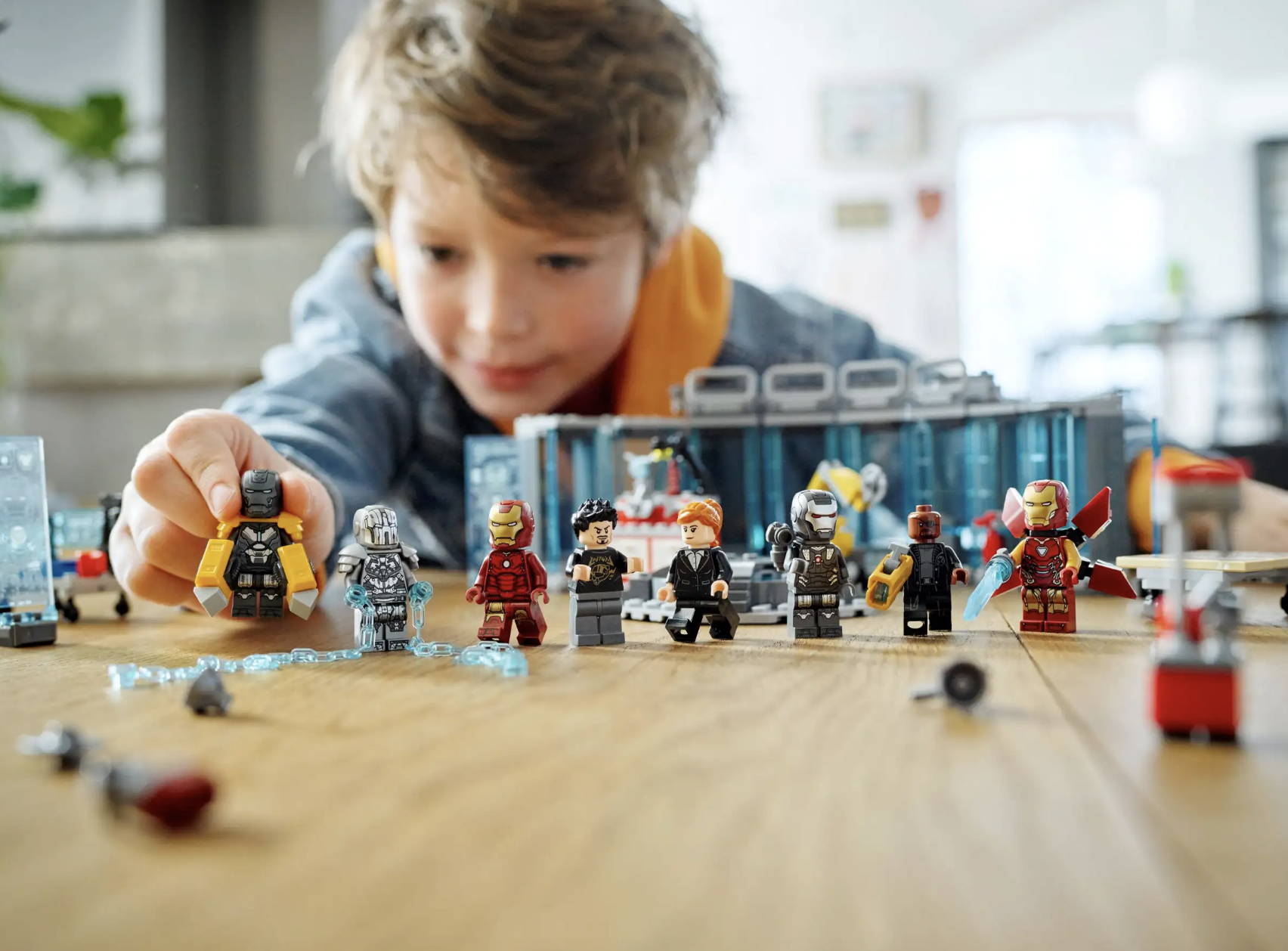
Lego minifigures have transcended their role within Lego sets and have made a significant impact beyond the world of bricks. In this section, we will explore the influence of minifigures in pop culture and art, the creativity of fan-made custom minifigures and creations, and their presence in digital media and video games.
A. Minifigures in Pop Culture and Art
• Pop Culture References: Minifigures have become recognizable symbols in popular culture. Their distinct shape and design have been parodied, referenced, and celebrated in various forms of media, including movies, TV shows, and even advertising campaigns. Their presence in pop culture has solidified their status as iconic figures.
• Artistic Interpretations: Minifigures have inspired artists to create unique interpretations and artwork. From paintings and sculptures to photographs and digital illustrations, artists have used minifigures as subjects and symbols in their creative expressions. The simplicity and universal recognition of minifigures make them versatile and relatable artistic elements.
B. Fan-Made Custom Minifigures and Creations
• Custom Minifigures: The Lego fan community is renowned for its creativity in designing and producing custom minifigures. These fan-made creations often feature custom-printed designs, unique accessories, and even modified Lego elements. Custom minifigures allow fans to bring their favorite characters to life in Lego form, explore niche themes, or create their interpretations of existing minifigures.
• MOCs (My Own Creations): Lego enthusiasts frequently build custom Lego creations known as MOCs, which incorporate minifigures into intricate dioramas, scenes, or displays. MOCs showcase the creativity and technical skills of builders, pushing the boundaries of what is possible with Lego bricks and incorporating minifigures into captivating and immersive environments.
C. Minifigures in Digital Media and Video Games
• Digital Media: Minifigures have found their way into various digital media platforms, including animations, webcomics, and stop-motion videos. These digital representations bring minifigures to life in new and exciting ways, enabling creators to explore unique narratives and engage with audiences beyond physical Lego sets.
• Video Games: Lego video games, such as the Lego Star Wars and Lego Marvel Super Heroes series, prominently feature minifigures as playable characters. These games allow players to control minifigure avatars, showcasing their abilities and engaging in adventures within virtual Lego worlds. The inclusion of minifigures in video games extends the Lego experience beyond the physical realm, providing interactive and immersive gameplay.
Minifigures' presence beyond Lego sets demonstrates their versatility and enduring appeal. They have become cultural icons, inspired artistic endeavors, and served as key elements in digital media and gaming experiences.
In the following sections, we will explore the impact of minifigures on the Lego brand and community, as well as speculate on the future of Lego minifigures. Join us as we continue our journey into the fascinating world of Lego minifigures
VIII. Impact of Minifigures on the Lego Brand
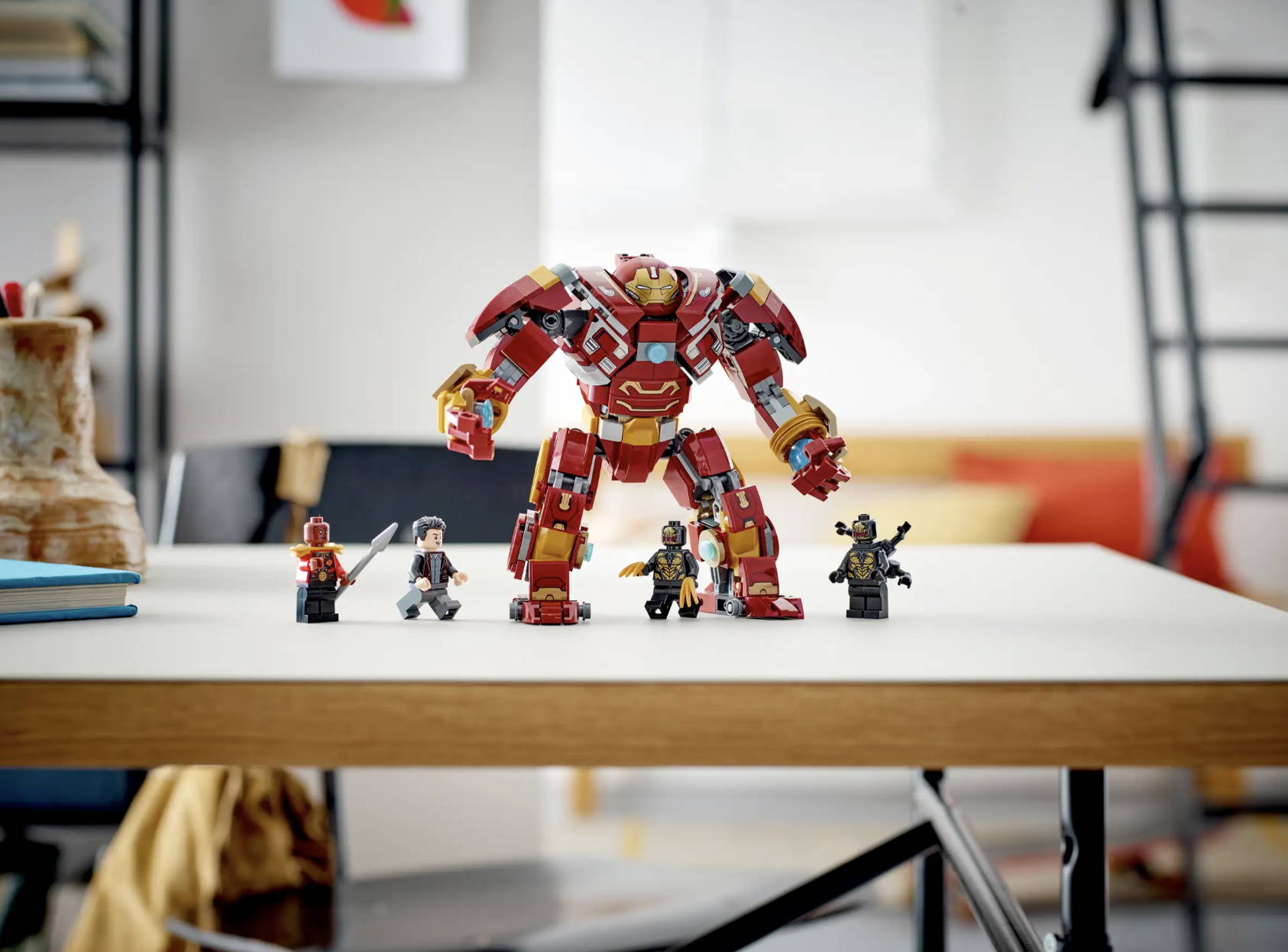
Minifigures have played a pivotal role in shaping the Lego brand and community, influencing marketing strategies, driving set sales, fostering brand loyalty, and inspiring fan-created content. In this section, we will explore the impact of minifigures on the Lego brand in terms of marketing and branding strategies, their role in driving set sales and brand loyalty, and their influence on the Lego fan community and fan-created content.
A. Marketing and Branding Strategies Centered Around Minifigures
• Promotional Campaigns: Lego utilizes minifigures as powerful marketing tools to generate excitement and anticipation for new sets or themes. Promotional campaigns often feature minifigures in action-packed scenarios, showcasing their playability and collectability. By highlighting the unique characters and their accessories, Lego creates a sense of desirability and urges fans to engage with the brand.
• Collectible Minifigure Series: The introduction of collectible minifigure series has been a masterstroke in Lego's marketing strategy. These blind-bagged series generate buzz and anticipation among fans, encouraging them to actively seek out and collect these exclusive minifigures. The collectible nature of these series creates a sense of urgency and fosters a strong connection between collectors and the brand.
B. The Role of Minifigures in Driving Set Sales and Brand Loyalty
• Set Enhancements: Minifigures serve as integral components in many Lego sets. Their inclusion adds value and appeal to the overall package, attracting potential buyers. The presence of iconic or exclusive minifigures can be a significant factor in a consumer's decision to purchase a specific Lego set.
• Brand Loyalty and Repeat Purchases: Minifigures contribute to brand loyalty by establishing an emotional connection with fans. Collectors and enthusiasts often seek out sets that feature their favorite minifigures or themes. The desire to complete collections or acquire rare minifigures drives repeat purchases, fostering long-term engagement and loyalty to the Lego brand.
C. Influence on the Lego Fan Community and Fan-Created Content
• Fan Engagement and Community Building: Minifigures play a vital role in fostering a vibrant and passionate Lego fan community. Fans connect through their shared love for minifigures, trading tips, showcasing custom creations, and discussing favorite characters. This engagement strengthens the sense of community and creates a supportive environment for creativity and collaboration.
• Fan-Created Content: Minifigures inspire Lego enthusiasts to create fan-generated content, such as stop-motion animations, comics, photography, and artwork. Fans utilize minifigures as storytelling tools, bringing their imaginative ideas to life and sharing them with the broader community. The influence of minifigures on fan-created content has led to the development of unique narratives and creative expressions within the Lego world.
Minifigures have become integral to the Lego brand's identity, acting as powerful marketing tools, driving set sales, fostering brand loyalty, and inspiring fan engagement and creativity. Their impact extends beyond the physical sets, shaping the Lego community and fan-generated content.
In the following sections, we will speculate on the future of Lego minifigures and their evolving role in the Lego ecosystem. Join us as we conclude our exploration of the captivating world of Lego minifigures.
IX. Future of Lego Minifigures
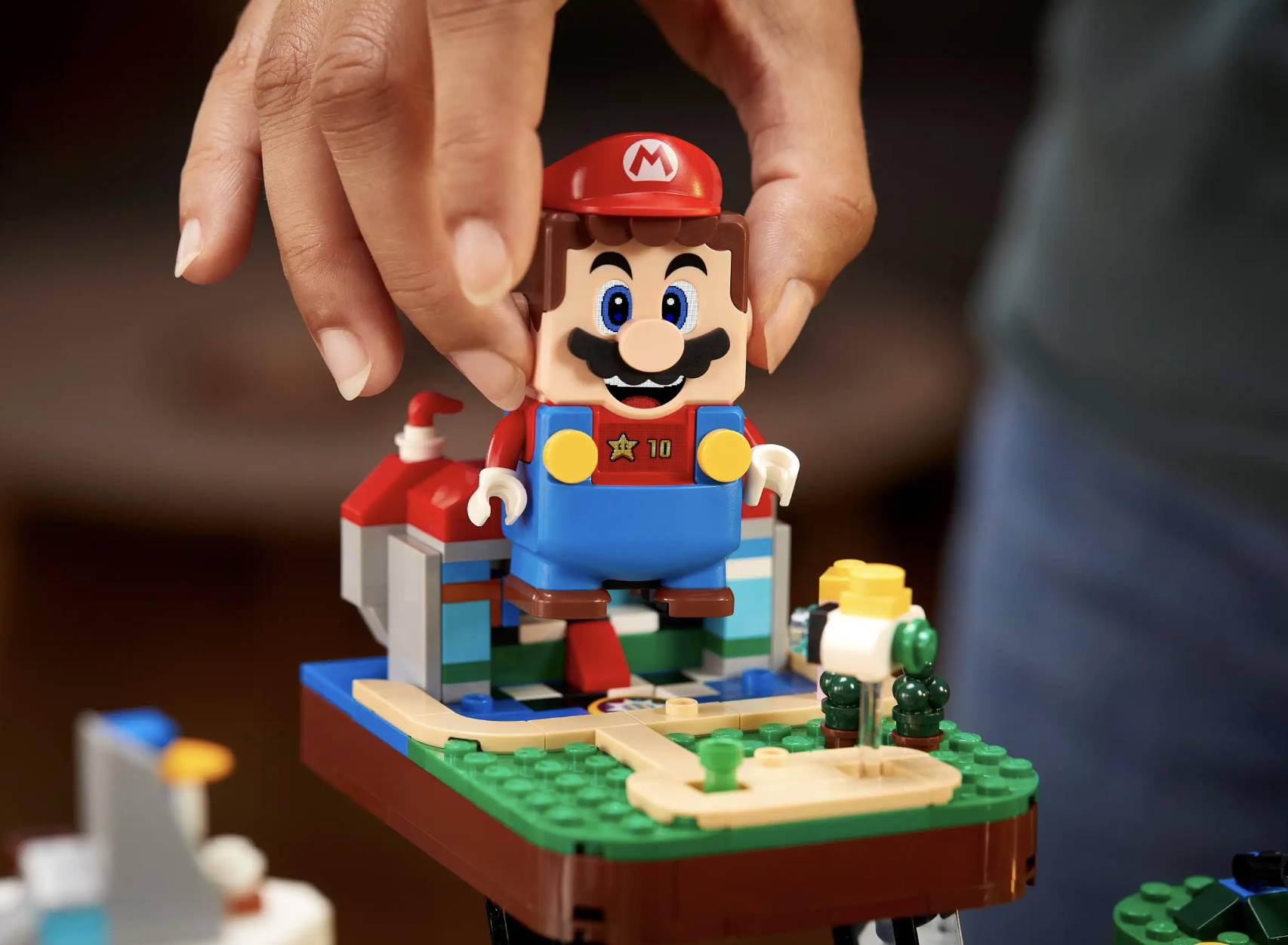
As Lego continues to innovate and adapt to evolving trends and technologies, the future of Lego minifigures holds exciting possibilities. In this section, we will explore anticipated trends and innovations in minifigure design, potential collaborations and licensed minifigure partnerships, and speculate on the evolving role of minifigures in the Lego ecosystem.
A. Anticipated Trends and Innovations in Minifigure Design
• Enhanced Articulation: Future minifigure designs may incorporate advanced articulation, allowing for increased poseability and flexibility. This could include more movable joints, such as wrists, elbows, or even additional points of articulation in the legs, enabling builders to create more dynamic and expressive poses.
• Integrated Electronics: With the advancements in miniaturization and technology, future minifigures may feature integrated electronics, such as LED lights, sound chips, or motion sensors. These enhancements could further enhance the play experience, adding interactive elements or effects that respond to specific actions or scenarios.
• Augmented Reality Integration: As augmented reality (AR) technology continues to evolve, Lego may explore integrating AR capabilities into minifigures. This could allow builders to interact with virtual versions of their minifigures in digital environments, merging the physical and virtual Lego worlds.
B. Potential Collaborations and Licensed Minifigure Partnerships
• Expansion of Licensed Themes: Lego may continue to forge partnerships with a diverse range of franchises, expanding the roster of licensed minifigures. This could include collaborations with popular movie, TV, gaming, and cultural properties, bringing even more beloved characters into the Lego universe.
• Cross-Brand Collaborations: In the future, Lego might explore collaborations with other well-known brands or companies outside the entertainment industry. Such partnerships could result in minifigures featuring characters from iconic brands or crossovers between Lego and other creative realms, offering unique and unexpected minifigure experiences.
C. Speculation on the Evolving Role of Minifigures in the Lego Ecosystem
• Story-Driven Play Experiences: Minifigures could play a more significant role in immersive story-driven play experiences. Lego might develop interactive playsets, incorporating technology or companion apps that provide narrative guidance and interactive elements, allowing builders to engage in captivating storylines with their minifigures.
• Expanded Customization Options: Lego may introduce new customization options, including a wider variety of printed designs, interchangeable facial expressions, or modular accessories. This could empower builders to create minifigures that are even more personalized and reflective of their individual preferences and storytelling needs.
• Integration with Digital Platforms: The integration of minifigures into digital platforms and games could become more prevalent. Lego might explore partnerships with video game developers or create their own digital experiences, allowing players to use their physical minifigures as digital avatars or unlock additional content in virtual Lego worlds.
As Lego continues to embrace innovation and collaboration, the future of Lego minifigures is full of exciting possibilities. With anticipated advancements in design, potential collaborations, and an evolving role within the Lego ecosystem, minifigures will continue to captivate builders, inspire creativity, and be at the heart of the Lego experience.
As we conclude our exploration of the world of Lego minifigures, we hope you've gained a deeper appreciation for these iconic characters and their significant impact on the Lego brand and community.
X. Conclusion

A. Recap of the Significance of Lego Minifigures
Throughout this exploration of Lego minifigures, we have discovered their immense significance within the Lego world and beyond. Lego minifigures serve as essential elements that enhance storytelling, ignite imaginative play, and provide a sense of character and personality to the Lego experience. From the classic minifigures that have become timeless symbols to the famous licensed minifigures from popular franchises, these small figures have made an indelible mark on the Lego brand and community.
We have examined the detailed design and development process of minifigures, their role in driving set sales and fostering brand loyalty, and their influence on the Lego fan community. We have also explored the customization and collecting culture surrounding minifigures, as well as their impact on pop culture, art, and digital media. The enduring appeal and impact of minifigures cannot be overstated.
B. Final Thoughts on the Enduring Appeal and Impact of These Iconic Characters
Lego minifigures have become icons in their own right, transcending their status as plastic toys and transforming into cultural symbols. Their recognizable shape, diverse designs, and ability to spark the imagination have contributed to their enduring appeal. These small, articulated figures have the power to captivate builders of all ages, immersing them in imaginative play and allowing them to construct stories, adventures, and worlds.
The impact of minifigures extends far beyond the Lego sets they accompany. They inspire creativity, foster community, and serve as vehicles for self-expression. Minifigures have become collectibles, treasured possessions, and catalysts for connection among Lego enthusiasts worldwide. They have played a vital role in marketing strategies, driving set sales, and cultivating brand loyalty.
Looking to the future, we anticipate exciting trends and innovations in minifigure design, potential collaborations with new franchises, and an evolving role within the Lego ecosystem. As Lego continues to adapt to changing technologies and trends, minifigures will undoubtedly remain a central element of the Lego experience.
In conclusion, Lego minifigures hold a special place in the hearts and imaginations of builders. They are the faces behind the iconic Lego characters, breathing life and personality into the brick-built creations. With their enduring appeal, cultural significance, and impact on the Lego brand and community, minifigures continue to inspire, connect, and delight fans of all ages.
Thank you for joining us on this exploration of the captivating world of Lego minifigures. As you continue your own Lego journey, may your minifigures continue to bring joy, creativity, and endless possibilities to your building adventures
1 comment
Top
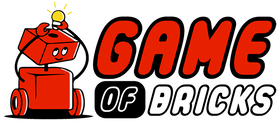



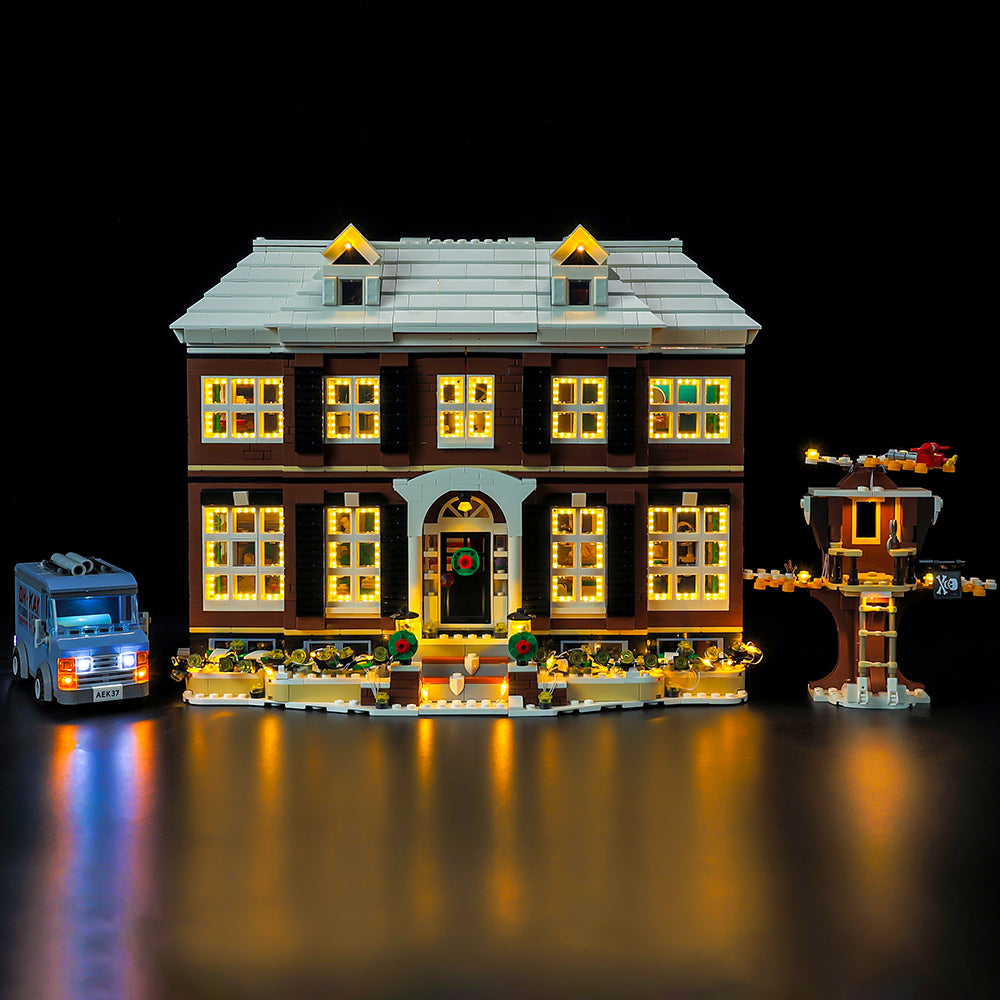







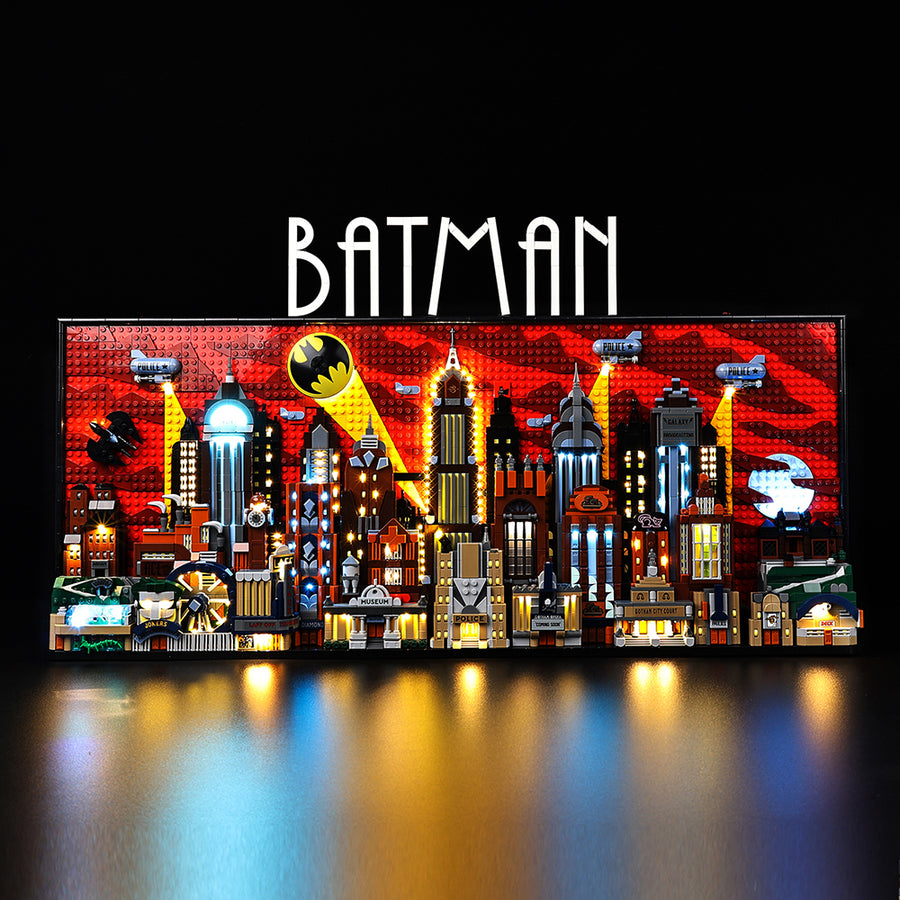
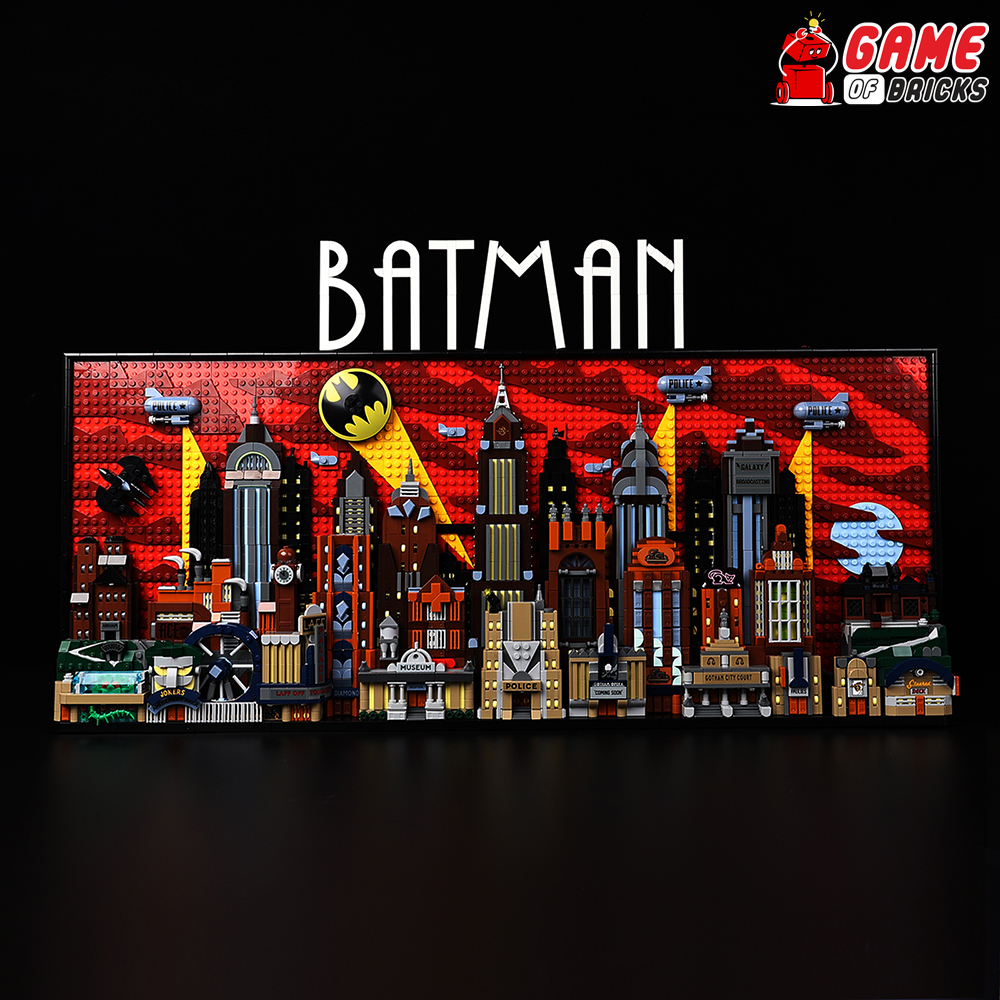
Hello, gameofbricks and Eve Alessa Arevalo! My name is Mochammad Rheyno Rafandha, i’m an student from Jakarta State University, and right now i’m aon my final year. I’m now working on thesis and my final project based on LEGO. I’m doing some research like having references such as articles and journal. When i found out this writing called “Lego Minifigures: The Faces Behind the Iconic Characters” ( https://gameofbricks.eu/blogs/news/lego-minifigures-the-faces-behind-the-iconic-characters-review?srsltid=AfmBOor7CcHO_VZKn3Trp4K-7QCrnq5CZ9490jz3AtzdhbA74IOxpIco ), i’m surprised and amazed having an articles of minifigure with so much details. It’s enlighten me so much.
So i want to say thank you for writing this, it really helps me so much and i want to ask for permission to use this as a references/bibliography for my thesis. It’s really help me a lot.
Thank you
Best regards,
Mochammad Rheyno Rafandha
Leave a comment